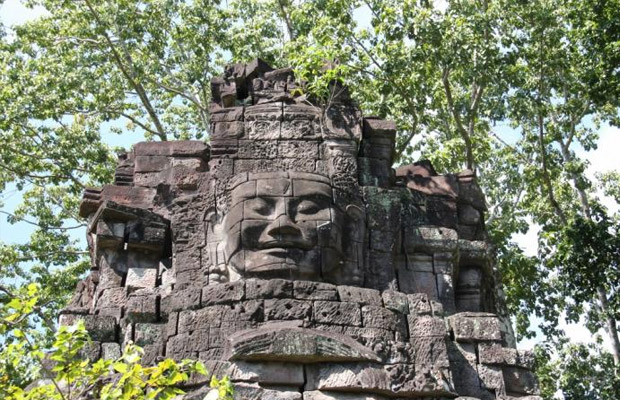Kampong Svay Temple is an ancient and historically significant temple complex located in Kampong Thom Province, Cambodia. It is one of the more remote and lesser-known archaeological sites in the country, yet it holds great importance in understanding the early history of the Khmer Empire and the development of religious architecture in Cambodia.
Kampong Svay Temple dates back to the 12th century, during the reign of the Angkorian period. It is associated with the early stages of the Khmer Empire, which is known for its grand religious and architectural constructions. The temple complex is dedicated to Hinduism and reflects the influence of Hindu temples during the time it was built, particularly under King Suryavarman II, who reigned from 1113 to 1150 and is best known for constructing Angkor Wat.
It is thought to have served as a place of worship, as well as a royal sanctuary. The site may have been connected to the broader Angkorian religious and administrative network. The temple complex of Kampong Svay is built in the classic Khmer style, with a combination of sandstone, laterite, and brick. Like many early Angkorian temples, it incorporates tower structures, sanctuaries, and opens courtyards. The Kampong Svay Temple complex remained largely unknown to the public for many years, as it is located in a more remote part of Cambodia, away from the more famous Angkor sites.


